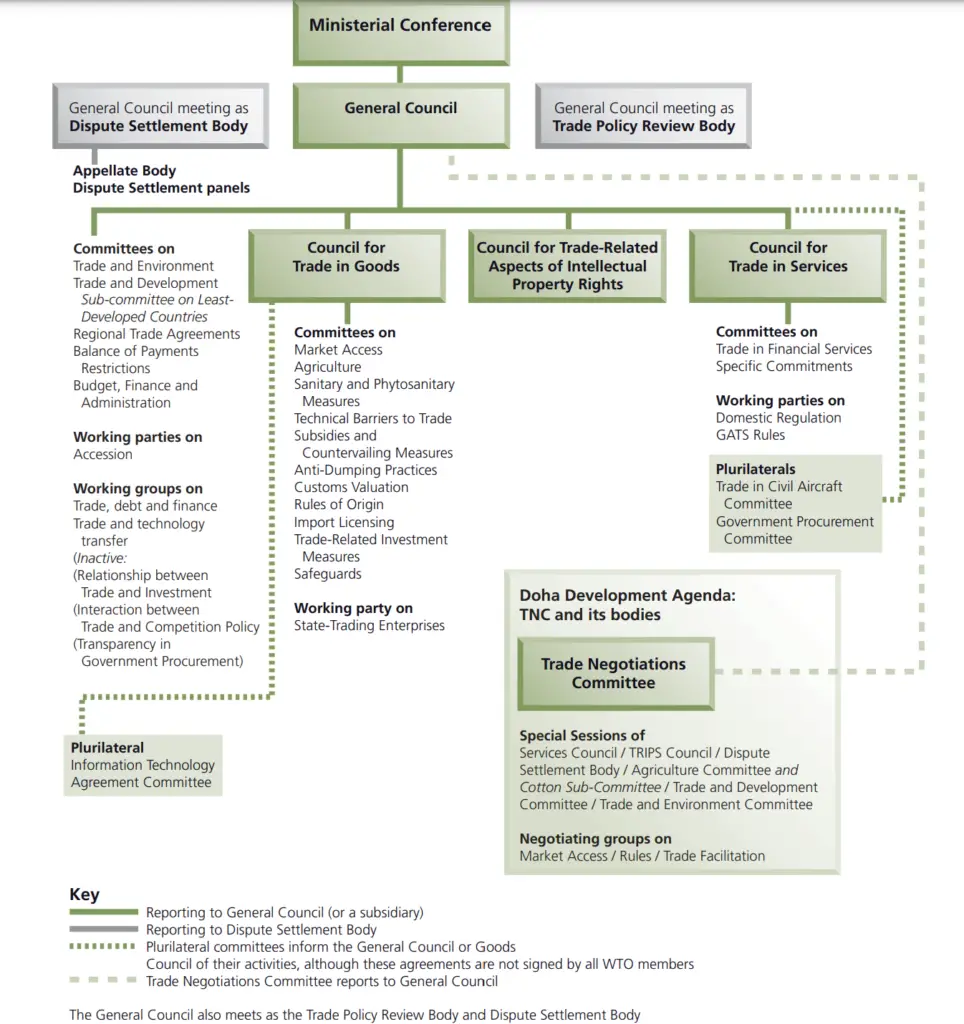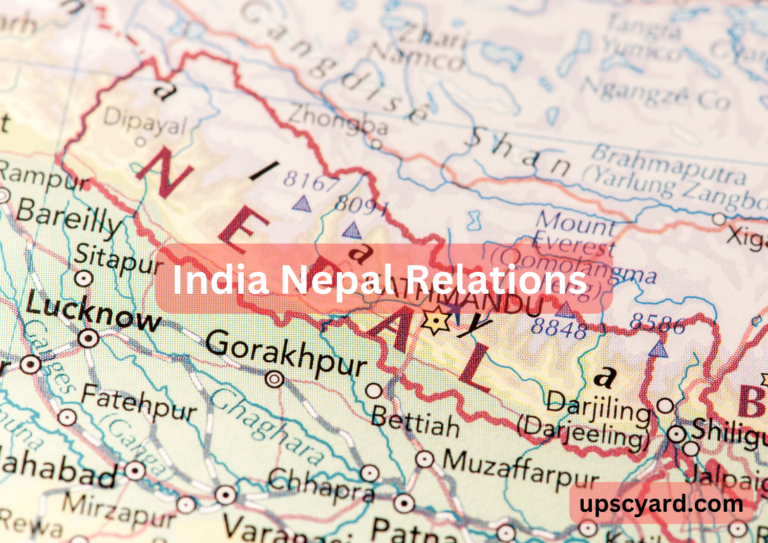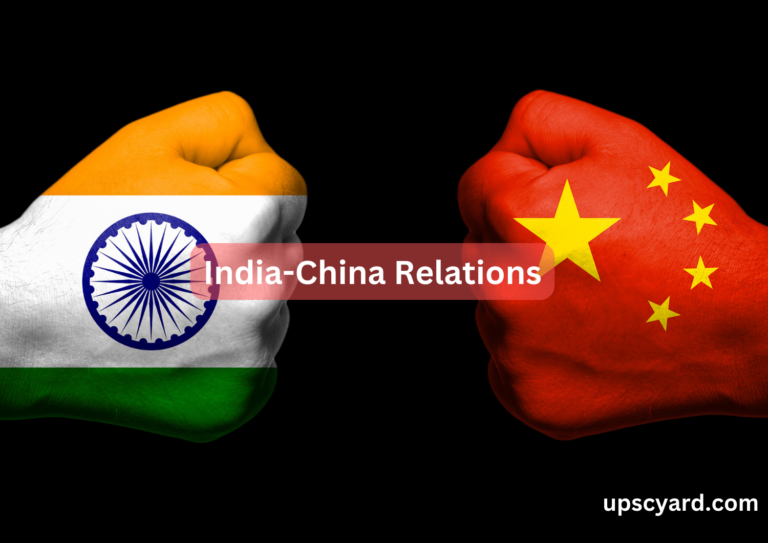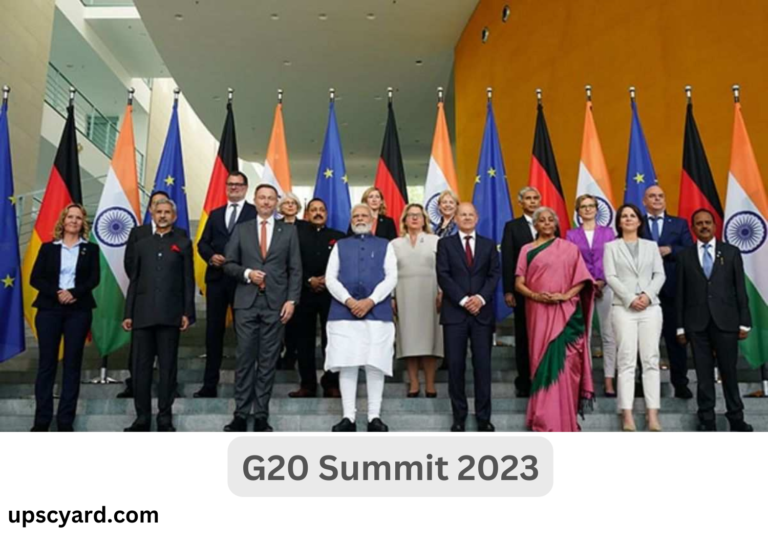World Trade Organisation

World Trade Organisation is a vital intergovernmental body tasked with regulating and facilitating international trade relationships among nations. Its formal inauguration took place on January 1, 1995, by the 1994 Marrakesh Agreement, marking the transition from the General Agreement on Tariffs and Trade (GATT), established in 1948.
This global entity is the largest international economic organisation worldwide, boasting a membership of 164 sovereign states, collectively representing over 98% of worldwide trade and the global GDP. Over the past 25 years, the WTO has been pivotal in diminishing trade barriers for goods and services, forging pathways towards smoother international commerce. It has also established a dispute resolution system, a mechanism lauded by its proponents for its capacity to mitigate the risk of trade conflicts and potential trade wars.
Nevertheless, the WTO grapples with formidable challenges as negotiations surrounding a comprehensive development agenda face roadblocks due to divergent viewpoints. The pressure on the WTO to deliver substantial outcomes has intensified, reflecting the ever-evolving dynamics of international trade in the 21st century.
General Agreement on Tariffs and Trade (GATT)
GATT
The General Agreement on Tariffs and Trade, often abbreviated as GATT, emerged as a pivotal international trade accord in 1947. This landmark trade agreement garnered signatures from 23 nations, officially taking effect on January 1, 1948.
The fundamental objective underpinning GATT was the promotion of trade liberalization by curbing tariffs and diminishing quotas in member nations. This initiative aimed to foster greater economic cooperation and equality among participating countries. As part of their commitment to GATT, member nations were responsible for eliminating discriminatory trade practices, thereby contributing to a more equitable and open global trading system.
Why did GATT get replaced by WTO?
While a significant step in international trade cooperation, the General Agreement on Tariffs and Trade (GATT) had certain limitations. In contrast, the World Trade Organisation (WTO) builds upon the principles of GATT and introduces a more robust institutional framework for their implementation and expansion.
GATT was ad hoc and provisional, lacking formal ratification in the parliaments of its member countries. In contrast, the WTO and its associated agreements are characterized by their permanence, possessing a solid legal foundation with formal ratification by member countries’ legislatures.
Moreover, GATT primarily focused on the trade of goods, whereas the WTO extends its purview to encompass services and intellectual property, reflecting the evolving landscape of global commerce.
One notable improvement lies in the dispute resolution mechanism. In the WTO, disputes are resolved more expeditiously, and its rulings are immune to being blocked. Conversely, GATT needed a more structured institutional setup and primarily comprised a set of rules and multilateral agreements.
Furthermore, GATT’s scope was limited, primarily emphasizing textiles and the agricultural sector. It needed a comprehensive framework to address trade in services and intellectual property rights.
Importantly, GATT’s representation fell short, particularly from newly independent and socialist states, casting it as a body perceived to promote the interests of Western nations. This discrepancy arose from the Geneva Treaty of 1946, which served as the backdrop for GATT’s inception and needed to include these emerging nations adequately.
Lastly, GATT needed help to effectively address quantitative restrictions on trade, often referred to as non-tariff barriers. These challenges underscore the need for an institution like the WTO with a more robust framework capable of addressing a broader spectrum of issues and fostering equitable global trade relations.
Principles of WTO – World Trade Organisation
The World Trade Organisation (WTO) serves as a framework for shaping trade policies rather than dictating specific outcomes. It revolves around establishing the rules governing “trade policy.” Several fundamental principles, both from the pre-1994 General Agreement on Tariffs and Trade (GATT) and the current WTO, help elucidate its operation:
- Non-discrimination: This principle hinges on two vital components: the “most favoured nation” (MFN) rule and the concept of “national treatment.” The MFN rule necessitates that WTO member nations apply identical conditions to trade with all other WTO members. Meanwhile, national treatment entails that imported goods should receive equal treatment than domestically manufactured ones.
- Reciprocity: Reciprocity embodies the twin objectives of limiting free-riding, which may occur due to the MFN rule and securing improved access to foreign markets. It encourages countries to engage in mutually beneficial trade agreements.
- Binding and enforceable commitments: Tariff commitments made by WTO members during multilateral trade negotiations and accession proceedings are documented in a schedule of concessions. These schedules establish “ceiling bindings,” implying that a country can modify its commitments only after engaging in negotiations with its trade partners.
- Transparency: Transparency is a cornerstone of the WTO. Member nations are obliged to make their trade regulations public, maintain institutions that permit the review of administrative decisions affecting trade, respond to information requests from fellow members, and promptly notify the WTO of any changes in their trade policies.
- Safeguard provisions: Governments can impose trade restrictions in specific circumstances. The WTO’s agreements allow members to take measures aimed at safeguarding the environment and public health, animal health, and plant health.
These core principles underpin the World Trade Organisation WTO’s role in fostering fair and regulated global trade. They enable nations to engage in commerce with a clear understanding of the rules and commitments, fostering an environment where business can flourish while addressing crucial concerns such as health and the environment.
Structure of WTO – World Trade Organisation

Is it within the jurisdiction of the World Trade Organisation WTO to authorize its member nations to initiate actions against another member in cases where there is a violation of international legal obligations pertaining to peace and security?
Within the framework of the World Trade Organisation (WTO), the authority of countries to implement trade-related sanctions, such as the suspension of Most-Favoured Nation (MFN) status, on the grounds of security is governed by Article XXI of the General Agreement on Tariffs and Trade (GATT).
Article XXI is the singular provision within the World Trade Organisation WTO that addresses the interconnection between trade and security concerns. It grants a member nation the authority to enact measures that it deems necessary for safeguarding its essential security interests (ESI) during times of “war” or other “emergency in international relations.”
It’s worth noting that Article XXI does not operate in complete isolation, as the phrase “which it considers” implies a degree of discretion on the part of the country in assessing the necessity of the measures taken to protect its ESI. This discretion, while significant, is not entirely self-judging and is subject to certain checks and balances within the World Trade Organisation WTO framework.
In essence, Article XXI serves as a pivotal component in addressing the delicate balance between trade and security within the World Trade Organisation WTO, offering member nations a degree of autonomy in determining actions required to safeguard their essential security interests.
Let’s delve into some of the most significant agreements within the World Trade Organisation (WTO):
- Agreement on Agriculture (AoA): This pivotal agreement took effect at the inception of the World Trade Organisation-WTO in 1995 and revolves around three central concepts, often referred to as “pillars”: domestic support, market access, and export subsidies.
- Domestic Support: This encompasses subsidies like guaranteed minimum prices or product-specific input subsidies, which are direct. These subsidies are categorized into three distinct boxes:
- Green Box: This category includes subsidies with minimal or no adverse effects on the market, such as income-support payments, safety-net programs, environmental initiatives, and agricultural research and development subsidies.
- Blue Box: Under this category, only “Production limiting Subsidies” are permissible, covering payments based on factors like acreage, yield, or livestock numbers in a base year.
- Amber Box: These subsidies are considered trade-distorting and are subject to restrictions.
- General Agreement on Trade in Services (GATS): GATS was designed to extend the multilateral trading system to the service sector, mirroring the General Agreement on Tariffs and Trade (GATT) plays in merchandise trade. This agreement came into force in January 1995.
- Agreement on Trade-Related Aspects of Intellectual Property Rights (TRIPS): TRIPS establishes minimal standards for various forms of intellectual property regulation. It was negotiated after the Uruguay Round of GATT in 1994.
- Agreement on the Application of Sanitary and Phytosanitary Measures (SPS Agreement): Negotiated during the Uruguay Round of GATT, the SPS Agreement became effective with the establishment of the WTO in 1995. It sets boundaries on member nations’ policies concerning food safety (including bacterial contaminants, pesticides, inspection, and labelling) and animal and plant health (dealing with imported pests and diseases).
- Agreement on Technical Barriers to Trade (TBT Agreement): An international treaty of the WTO, the TBT Agreement was negotiated during the Uruguay Round of GATT. It took effect at the close of 1994. Its primary goal is to ensure that technical regulations, standards, and testing and certification procedures do not unduly hinder trade.
- Agreement on Customs Valuation: Formally known as the Agreement on Implementation of Article VII of GATT, this agreement prescribes customs valuation methods that WTO members must follow.
- Bali Package (2013): In 2013, the World Trade Organisation-WTO witnessed the signing of the Bali Package, a meaningful agreement. It encompasses provisions to reduce import tariffs and agricultural subsidies, intending to facilitate trade between developing and developed countries in global markets.
These agreements collectively form the foundation of international trade regulations and standards, guiding the interactions among member nations within the World Trade Organisation-WTO framework.
India and WTO
India has been an integral part of the World Trade Organisation (WTO) since January 1995 and was previously a member of the precursor to the WTO, the General Agreement on Tariffs and Trade (GATT), since July 1948. As a developing nation, India has assumed a pivotal role within the World Trade Organisation-WTO, articulating its own interests and championing the concerns of the broader developing world.
India has voiced several significant concerns within the World Trade Organisation WTO:
Fisheries and E-commerce: India has emphasized safeguarding its fishermen by requesting substantial exceptions in the 20-year negotiations concerning government fishery subsidies. This is to prevent any adverse impacts on this vital sector.
Fishing Industry: India seeks comprehensive exemptions for its fishing industry, encompassing a 25-year transition period and a 200-nautical-mile exclusion zone for artisanal fishermen.
E-commerce: India is wary of new regulations that could grant foreign companies unfair mandatory access to the domestic market. Such a scenario could adversely affect India’s nascent but burgeoning e-commerce sector.
Food Security: India advocates for re-evaluating subsidy rules about government-supported food procurement programs that aim to provide sustenance to impoverished citizens in developing and underprivileged nations.
Public Stock-holding Program: India seeks assurance that its public stock-holding program, designed to benefit the country’s farmers and facilitate exports exclusively, remains immune to challenges at the World Trade Organisation-WTO as being illegal.
Vaccines: India has called for waiving intellectual property (IP) rights concerning vaccines and extending the WTO’s ban on digital duties.
Special and Differential Treatment (S&D): India emphasizes the continued importance of S&D, considering it an entrenched and non-negotiable right for all developing members.
Upholding Principles: India underscores the sanctity of certain principles, including non-discrimination, predictability, transparency, and consensus-based decision-making, to ensure that multilateral rule-making processes are neither bypassed nor diluted. These principles serve as the bedrock of World Trade Organisation-WTO proceedings.
WTO strikes global trade deals
Context:
The World Trade Organisation’s164 members (12th Ministerial Conference) in a historic step approved a series of trade agreements including commitments on fish, a partial waiver of intellectual property (IP) rights for COVID-19 vaccines, and pledges on health and food security.
Important Deals struck:
- On Fisheries: prohibited certain forms of fisheries subsidies that contribute to overcapacity and overfishing, and eliminates subsidies that contribute to IUU-fishing recognizing that appropriate and effective special and differential treatment for developing country Members and least developed countries.
- The accord to curb fishing subsidies is only the second multilateral agreement setting new global trading rules struck in the World Trade Organisation-WTO’s 27-year history and is far more ambitious than the first, which was designed to cut red tape.
- The fishing subsidies deal has the potential to reverse collapsing fish stocks
- On partial IP waiver: Allowed the developing countries to produce and export Covid vaccines
- Maintaining a moratorium on e-commerce tariffs: It is considered vital to allow the free flow of data worldwide.
India’s Leadership:
India has been able to secure a favourable outcome at the World Trade Organisation-WTO after many years, despite a strong global campaign against Indian farmers and fishermen.
India and WTO-issues
- India’s refusal to allow the import of genetically modified crops.
- India’s restrictions on foreign investment in certain sectors.
- India’s use of export subsidies to promote its exports.
- Banning of Chinese Mobile Apps Sparks Trade Controversy decision to Uphold a Ban Imposed on 59 Chinese India’s Ministry of Information Technology has defended its stance, stating that the apps were blocked under Section 69A of the Information Technology Act.
- Challenges Regarding the Peace Clause
- The Peace Clause, a provision within the World Trade Organisation-WTO framework, urges member nations to refrain from challenging any breach of prescribed subsidy ceilings by developing countries at the dispute settlement forum of the World Trade Organisation-WTO in Geneva.
- India invoked the Peace Clause as its rice subsidies exceeded the 10% cap. This step was taken to safeguard its food procurement programs from legal action by WTO members due to rule violations. India’s subsidies amounted to 13.7% of food production, surpassing the allowable limit. In response, several nations, including the United States, European Union, Canada, Brazil, Japan, and Paraguay, posed 25 questions concerning India’s additional notification obligations, reporting methodologies, and the trade consequences of the support provided.
- The Peace Clause, a provision within the World Trade Organisation-WTO framework, urges member nations to refrain from challenging any breach of prescribed subsidy ceilings by developing countries at the dispute settlement forum of the World Trade Organisation-WTO in Geneva.
- Fisheries Subsidies Dispute
- India has recently rejected the latest draft of an agreement to reduce fisheries subsidies at the World Trade Organisation (WTO). India’s objection stems from the belief that the proposed contract must sufficiently incorporate suggestions to create a fair and balanced regime. It favours countries like Norway, China, and Japan, which have been accused of exploiting international waters.
- India advocates for common but differentiated responsibilities, seeking a 25-year standstill period from European and other nations regarding their fishing activities in international waters. This stance reflects India’s commitment to addressing the complex issues surrounding fisheries subsidies on a global scale.
- India has recently rejected the latest draft of an agreement to reduce fisheries subsidies at the World Trade Organisation (WTO). India’s objection stems from the belief that the proposed contract must sufficiently incorporate suggestions to create a fair and balanced regime. It favours countries like Norway, China, and Japan, which have been accused of exploiting international waters.
The Path Forward
The current state of the WTO leaves room for debate regarding its overall success or failure. However, structural reforms are essential for the WTO to function effectively as a multilateral trading system. Here are some key areas for improvement:
- Rational and Non-Partisan Decision-Making: The organization should prioritize decision-making based on sensible and unbiased principles, ensuring fairness and equality among member nations.
- Streamlined Dispute Settlement: Reforms related to the dispute settlement system must be streamlined for efficiency and effectiveness.
- Effective Development-Oriented Policies: The development-oriented policies should be implemented effectively to benefit all member nations.
- Global Trade Liberalization: The WTO should play a role in facilitating international trade liberalization, particularly in sectors like agriculture and textiles.
- Involvement of NGOs: Encouraging the active participation of non-governmental organizations (NGOs) in world trade governance can bring diverse perspectives and insights.
- Resource Allocation: Measures should be taken to increase the staff and resources of the WTO to ensure it can effectively regulate international trade.
- Protection of Small Nations: Despite being a democratic organization, the WTO should focus on enhancing its ability to protect the interests of smaller nations against more powerful countries.
- Strengthening Dispute Settlement: Address issues related to appointing judges in the new appellate body to enhance the dispute settlement mechanism.
- Wider Consultations: Introduce broader consultations to enhance the discussion mechanism, fostering more inclusive decision-making processes.
In conclusion, the WTO has a pivotal role in shaping international trade. Still, it must adapt and evolve to address the changing dynamics of the global economy and better serve the interests of all its member nations.
PYQ CDS-II-2014
| Consider the following statements relating to the World Trade Organisation (WTO): 1. The WTO deals with the global rules of trade between nations. 2. The goal of the WTO is to help producers of goods and services, exporters, and importers conduct their business, 3. The WTO, which is a successor body of the General Agreement on Tariffs and Trade, came into being following the Uruguay Round of Negotiations. 4. The WTO distances itself in framing of rules on trade in. intellectual property rights. Which of the statements given above are correct ? |
| A. 1, 2 and 3 |
| B. 2, 3 and 4 |
| C. 1, 2 and 4 |
| D. 1 and 3 only |
A is correct.




